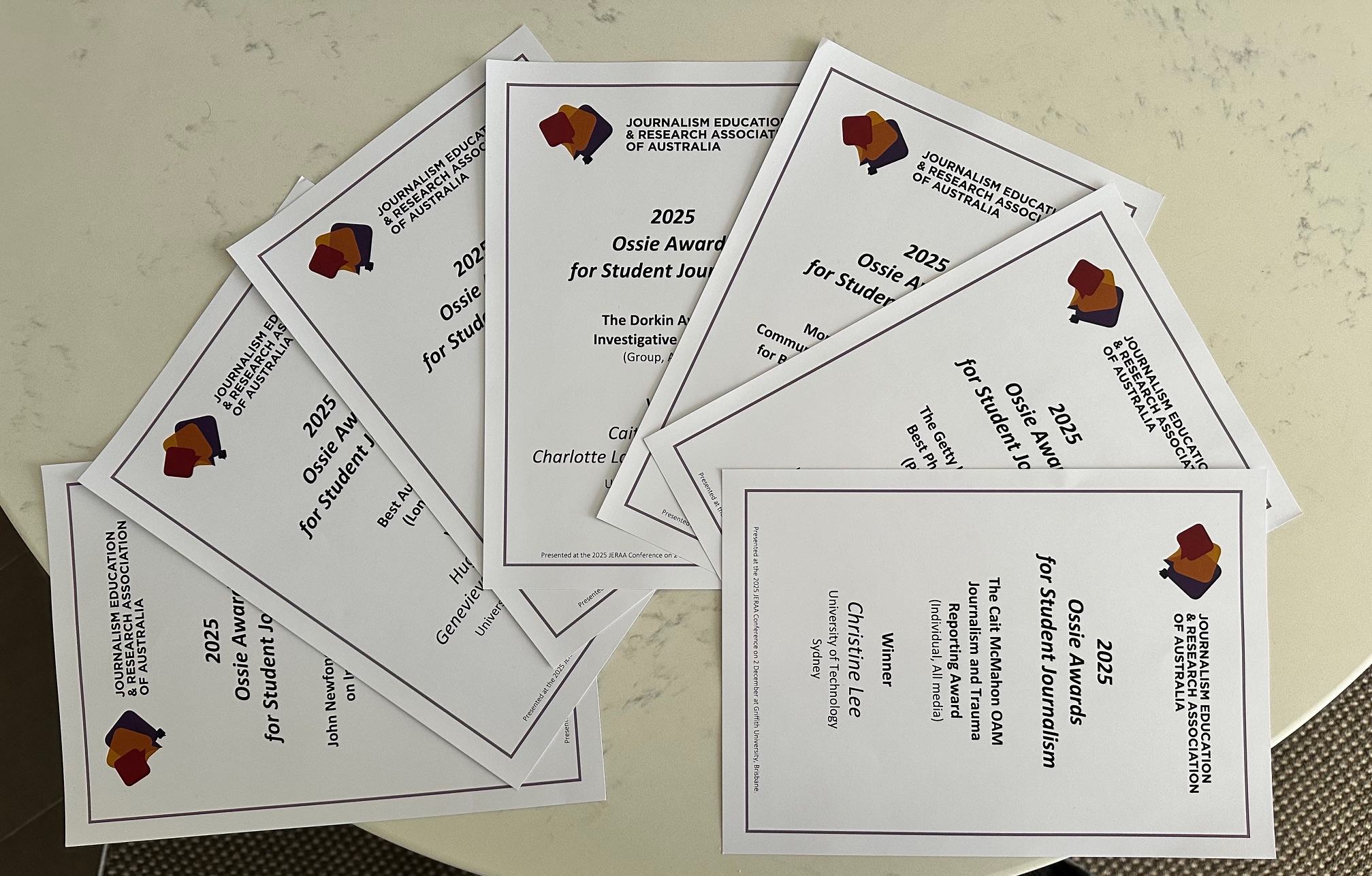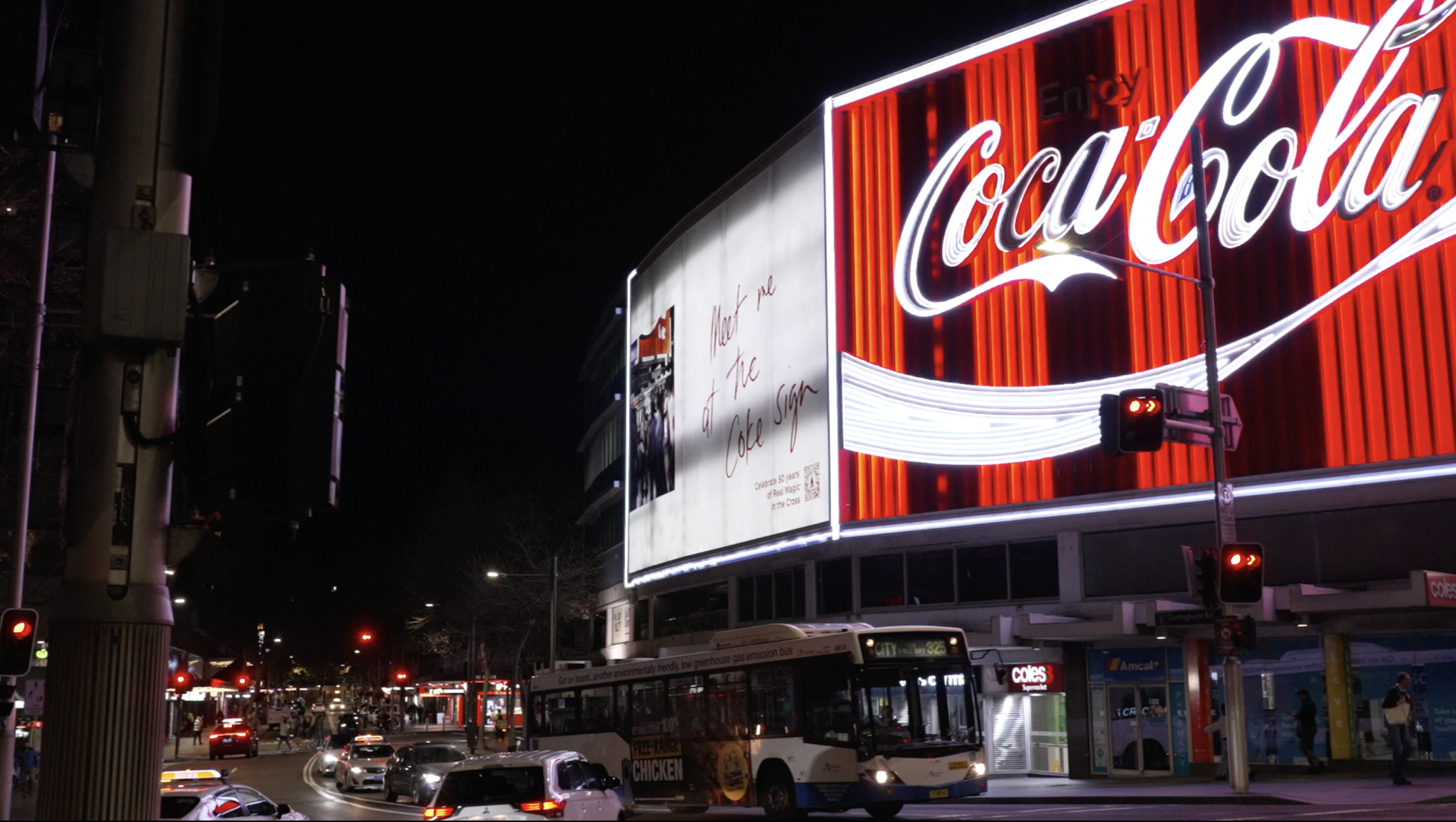A new government payment scheme to assist student nurses completing their degrees is too low to slow the rate of dropouts or prevent burnout, according to a frontline worker.
The Commonwealth Prac Payment scheme provides eligible students with a maximum payment of $8 an hour to offset living expenses while completing mandatory hospital placements.
However, third-year nursing student Annabelle, who did not wish to be identified by her real name, warned student nurses remain at an increased risk of financial insecurity, a phenomenon known as ‘placement poverty’.
She said it was all too common for student nurses to “drop out after their first placement”, realising they can’t afford the financial strain.
“It isn’t sustainable in the long term to finish their degree,” she added.
Introduced in July, the Prac Payment scheme offers eligible nursing, teaching and social work students a maximum of $319.50 per week during mandatory placement blocks.
While intended to make nursing degrees more accessible, the scheme has been criticised as financially inadequate, considering cost-of-living pressures and post-placement student burnout.
At present, undergraduate nursing students must complete 840 hours of clinical placement during their degree. These hours are usually completed in two-to-six-week-long placement blocks over semester breaks.
Because placements require full-time hours, most universities discourage students from undertaking additional paid work commitments during these weeks.
“You try to pick up work where you can but you’re exhausted and then you’re not resting coming to placement, trying to balance it all,” said Annabelle. “It’s actually awful.”
I’ve burnt out that many times … I was in bed for almost two weeks – just mentally drained.
The $8 an hour paid by the scheme falls significantly short of a liveable wage in Sydney, considering average rent and utility costs.
According to Annabelle, the financial burden of placement blocks, and the inflexibility of nursing rosters, makes it difficult for students to balance placements with personal needs.
Annabelle lives at home with her parents, saying the degree would be “incredibly unsustainable” for students supporting themselves, even with the payments.
Recalling her own experience, Annabelle alleges she was “horrifically bashed” by a patient on a first-year placement. Ultimately, after considering the cost and inconvenience of missing designated placement hours, she decided to keep working.
“If I go down to the ED (emergency department) … I have to make up that placement, which is more time that I take off work, which is more time that I don’t get paid,” she added.
The 2023 Special Commission of Inquiry into Healthcare Funding found between 10 per cent and 40 per cent of Australian nursing students drop out of study each year.
The high demands of nursing workloads, which split student time between semester study, placement blocks and external paid work, also predispose nursing students to burnout.
“I’ve burnt out that many times,” she said. “I burnt out quite badly last year actually. I had a placement that finished literally five days before Christmas.
“You finish uni, you’re meant to get a uni break right? Nursing students, they give you the placements during the uni breaks. So when everyone else is out working or they’re on holiday, we’re at placement. And so we don’t get a break.
“I went [from finishing] uni assignments, straight to placement, then it was Christmas, wasn’t working, had no money for Christmas presents, just completely burnt out. I was in bed for almost two weeks – just mentally drained.”
Main image by GenCraft AI.




























